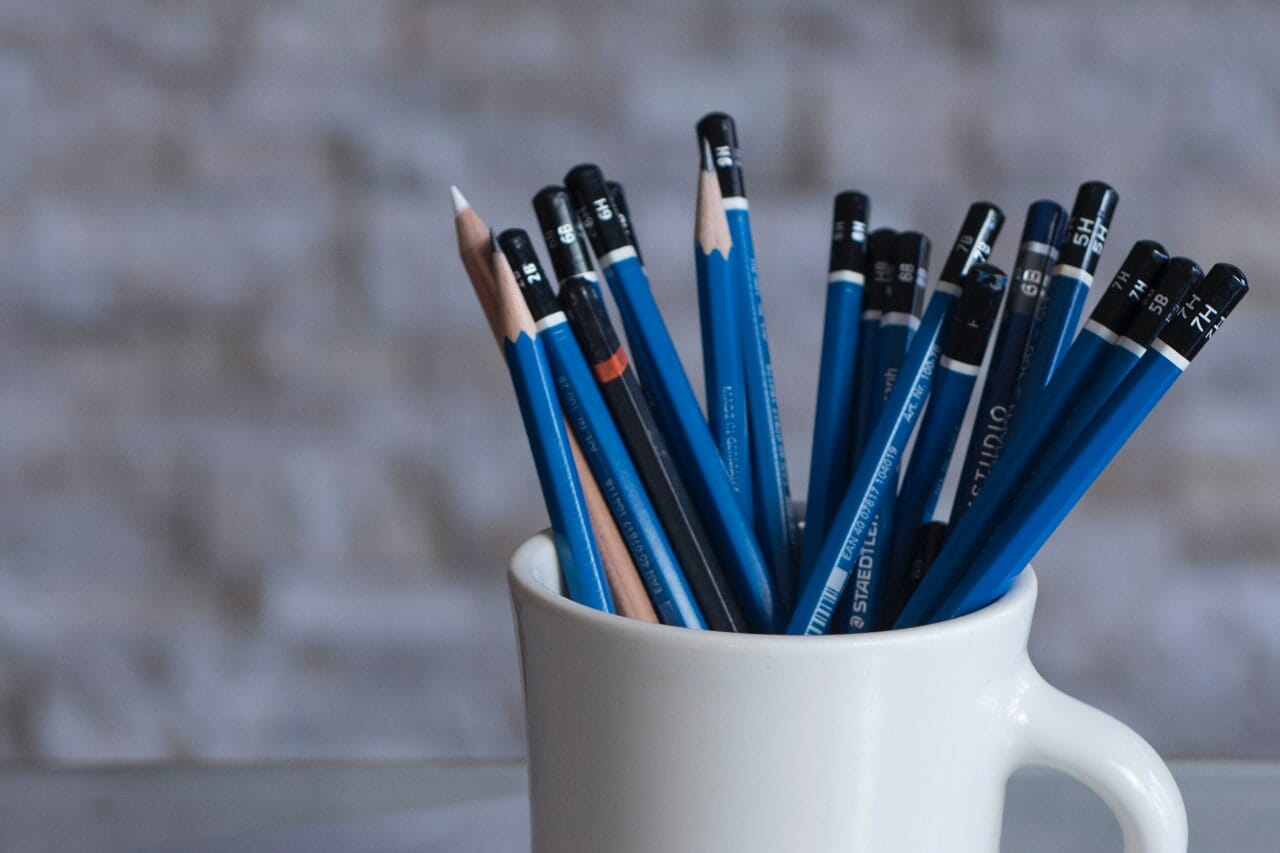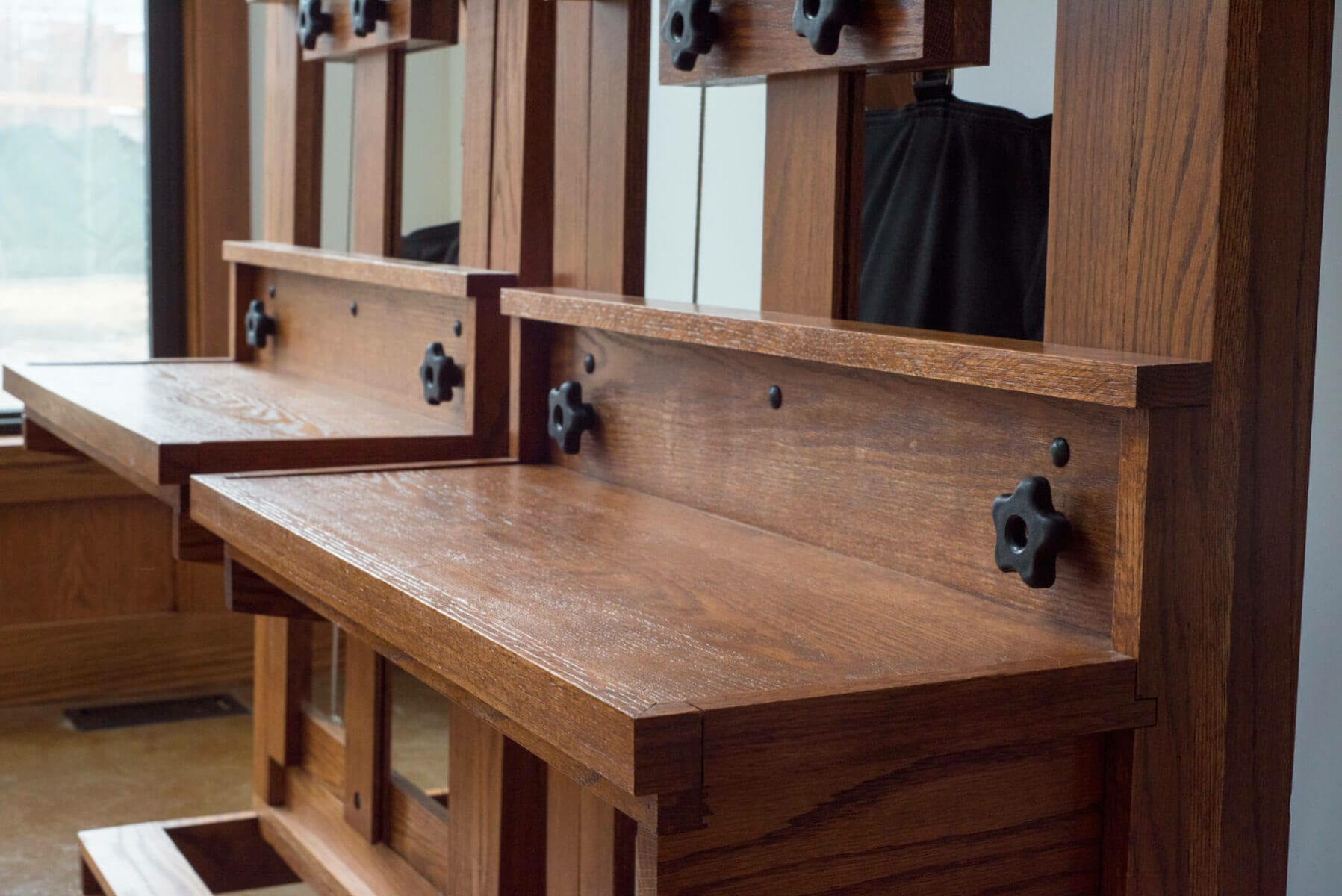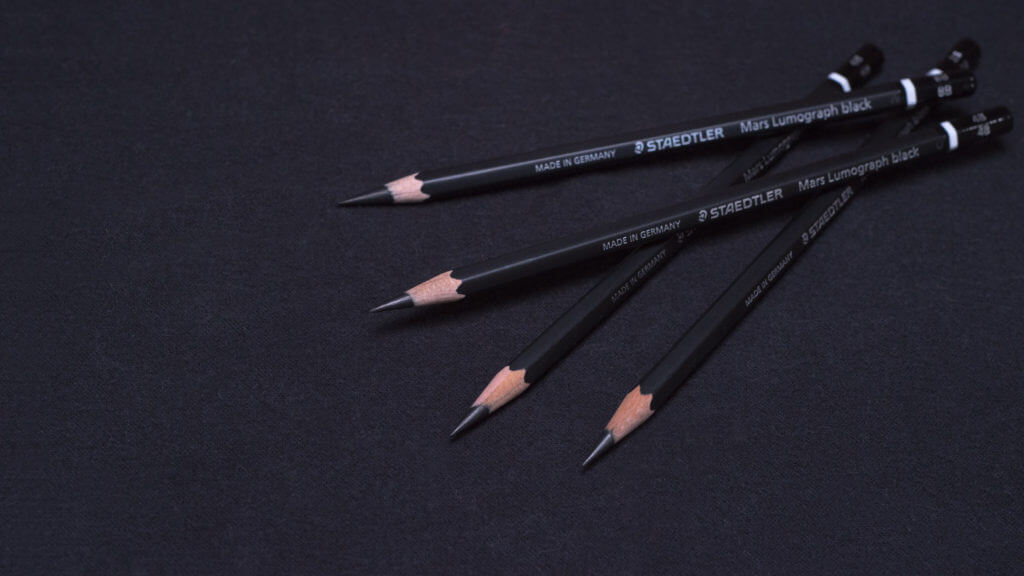“A Hedge Against Death…”

Martha Mayer Erlebacher, 1937–2013
We were saddened to learn today of the death in Philadelphia of Martha Erlebacher, figurative artist and teacher. Martha was closely affiliated with the New York Academy of Art over many years, serving as Chair of the MFA program in 1996, and teaching Drawing, Painting and Anatomy there for 14 years from 1992–2006. During our time at NYAA, Melinda and I both studied anatomy with Martha, and her influence has informed our own art and teaching ever since.
As a teacher, Martha was ferocious. My experience in her anatomy class at the Academy was probably typical: I was cowed by her criticism – which could be withering – but the wealth of information she had to impart was like water in the desert. During her lectures I took copious notes which I used for many years forward to inform my own teaching.
Her style of instruction wasn’t for everyone. I know that some of her former students chafed under her demands and felt she was too inflexible and unyielding in her expectations – in her own understanding of “correctness”. But I liked the clarity she brought to her classes. She was well aware of the uncertainties and ambiguities that go along with learning to draw the figure, and did her best to counteract them by issuing “laws” to her students – inviolable principles of structure, proportion and light that, for the purposes of learning, provided solid ground for hesitant students unsure of how to proceed. For me, a student struggling with the monumental difficulty of learning to draw the figure, Martha’s “laws” were a light in the darkness.
Moreover, her influence went beyond understanding head lengths and muscle groups. Martha had a keen intellect and was a forceful advocate for the capacity of figurative art to convey meaning. Representations of the flesh, she argued, could offer insight on the human condition, and she exhorted us to think about what we were doing with imagery. In her artist’s statement, Martha says “I try to make art which reaffirms to the viewer that there is a value in human life. It should give the sense that one is not alone, and that one is part of a group with similar needs, longings, hopes, dreams, fears and desires which transcend time.” And she challenged us to do the same.
I was ever-so-briefly in contact with Martha a few months ago. I had a question about a concept she used to discuss in her classes called “form sense” which refers to an artist’s particular and unique expression of organic form in artwork. In response to my question she sent me a thoughtfully written explanation of the concept as she understood it. It wasn’t written for me – I assume it to be an excerpt from her lecture notes or other material she shared with her students – but I was happy to receive it. Not only does it explain the concept eloquently, as I would expect coming from her, but I can hear her voice so clearly when I read it – the vocabulary, the cadence… it’s just so Martha.
I asked her whether she’d mind if I quoted from it in an upcoming blog post, and she said that would be fine. Actually what she said was: “If you quote me make sure you do it accurately and give me proper credit.” Emphasis, hers. I never got around to writing the post, but I still have the excerpt which I’ve included below.
So, with full and proper credit, here is Martha Mayer Erlebacher, artist and teacher, discussing form sense and what it means for artists:
Hand made images and form sense
I have often asked myself the question, why am I doing this? (making images of the perceived world). Aside from making an aesthetic object for use or contemplation (like the results of knitting, needlepointing, other crafts, woodworking, gardening, etc.), or exercising a skill, why do it?
Here’s my rationale. This rationale is only peripherally related to the content of the image itself. I think we recreate the visual world as a hedge against death. Every time we make a picture of something we are creating a parallel universe which will outlast us. But it must be stamped with our “form sense”. This is the artist’s unique formal sensibility, a signature like handwriting. It’s the form sense which marks everything we do as our unique creation and drives the “look” of the alternate universe. It is what makes all of Michaelangelo’s people live in “Michaelangeloland”, or Philip Pealstein’s live in “Philipland”, sort of an alternate and parallel universe. The implication for mortality is that although we may perish, our “land” will not.
The world the artist recreates is not facilitated by copying photographs. Artists who copy photographs are tied to a two-dimensional view of reality (the photograph) which eschews the richness of the three dimensional world. The visual cues, which are perceived in a photo, are limited and thin. The choices one makes when making images are complex. Photography is a filter, which severely limits these choices.
A word about “form sense”. When I was teaching anatomy and figure drawing, I was always amazed at how different each student’s drawing was from the others. This was in spite of the fact that I insisted that they all draw the figure in a certain sequence and in a certain way, and with a particular set of proportions. In fact, I noted that the drawn figures were more unique and different from one another than images drawn in classes with minimal instruction. What causes one student to draw, let’s say, a leg one way, and another, another way?
Basically each person is born with a set of perceptual tendencies, towards high or low closure. This refers to his or her innate aesthetic preference for forms which are more closed (and segregated from the background) or those which are more open (and tend to group more with the background). Also, one person will prefer all their forms attenuated, another compressed, another bulging, another flattened. When an artist draws, they are continuously making decisions about the forms they see: how bulged is this form? are these forms equidistant from one another? does this form merge into another form? where? what is the angle of this form? how do these forms succeed one another? And on and on. (These questions can most succinctly be answered by observation from reality, not photography.) The sum total of the responses to these types of questions results in the “form sense”. The form sense then is the sum total of the answers to questions the artist poses to him or herself when transforming an image seen into its tangible equivalent.
Martha Mayer Erlebacher







I have read your post several times now remembering Martha in June.
I was also a studen of hers and think of her fondly and regularly. For me she was the foundation of our time at the Academy and I am grateful to have spent time under her wings. A powerful teacher and character.
Thank you for sharing Martha’s words! I was also a student of hers in the 80’s, and how I loved her so!! She was a wonderful mentor!
Thank you very much for this wonderful opportunity to hear Martha’s voice again.
It’s so beautifully intense and powerful !!!
I studied at the NY Academy and with Martha in the early 90s, when the school was still new-ish. I sat in the front row and tried to write down everything she said while likewise attempting to soak in her every word like a sponge. She was intense, focused, and passionate about her subject, all of which was apparent from her demeanor and every word. She was a force to be reckoned with; I don’t think everybody appreciated her, but I certainly did.
Thank you for posting this, to remind me of an important voice I heard long ago.
well said, thanks for posting this.
Thank you for sharing this wonderful article. I am a sculptor in the flat iron building and receive your e-mails regularly. I am hoping to take a class with your studio sooner than later. I know you have offer the “skeleton” sculpture class in the past, and do hope that it will be offered in the near future. Please keep me in the loop, and come visit my studio on a first Friday Show 7-9, or call anytime your in the area, and we can set up a visit.
Sincerely.ChrisTina Murphy
Rock Art Studio Inc.
1579 N. Milwaukee Ave.
60622
773-216-7614